
SUMARNI Mansur was doing her foundation studies when she had her assignment returned for committing an academic offence — she had plagiarised an essay.
“I was surprised because it was something that I did not do on purpose. I thought the Internet is a public domain and simply took some content from websites, probably another person’s work without providing any credit or citation.
“As I was new to tertiary education, I did not know how to put ideas into words. I had poor English at that time,” said Sumarni, who is a postgraduate Engineering student at Universiti Teknologi Malaysia (UTM).

Sumarni Mansur.
Having to rewrite the assignment, she had been briefed by her lecturer on the importance of respecting copyrighted materials and the consequences of plagiarism. Later, she enrolled in an academic writing class.
Plagiarism is a form of cheating and academic dishonesty.
It refers to taking someone else’s work or idea and passing it off as your own. The original work is hidden from the assessor, whether by not citing it properly or by not mentioning it at all.
Plagiarism, although not new in academia, is a growing concern in higher learning institutions and it deals with ethical and integrity issues.
According to UTM Faculty of Social Sciences and Humanities dean Professor Dr Zaidatun Tasir, ideas and works are
not confined to written texts only, but also include images, videos, audio, graphics and designs.
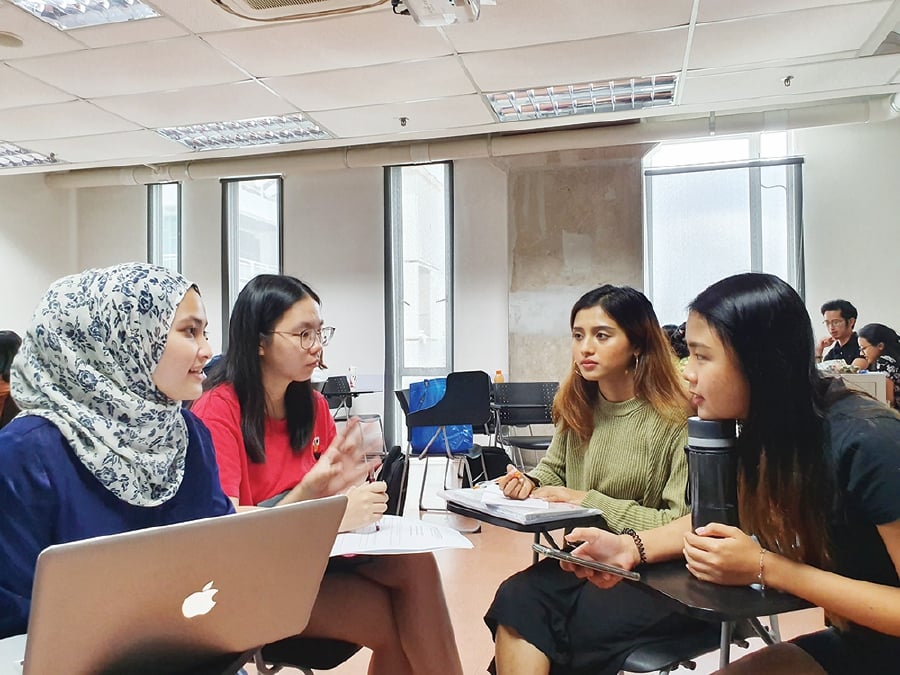
Classes on plagiarism and academic writing help students to understand what constitutes plagiarism and how to avoid it.
“In academia, giving incorrect information about the source, copying the sentence structure and changing only certain words are categorised as plagiarising.
“Plagiarism may occur in different circumstances. A person plagiarises when he publishes an abstract, article, academic paper or a book which is entirely or partly written by another person yet claiming himself as the author.
“It is unacceptable if he incorporates himself or allows himself to be acknowledged as a co-author of a publication when he has not made any written contribution to the paper. A person who uses research data obtained through collaborative work with other individuals as part of a publication in his own name as a sole author without obtaining the consent of his co-researchers can be regarded as plagiarising as well.

UTM Faculty of Social Sciences and Humanities dean Professor Dr Zaidatun Tasir.
“Plagiarism also includes extracting ideas from another person’s writing or creation and making certain modifications without due reference to the original source, and rearranging them in a way that the ideas appear as his,” Zaidatun continued.
Professor Dr Nor Aziah Alias, who is Universiti Teknologi Mara (UiTM) director of academic development at the academic affairs division, said that the tendency to plagiarise normally involves tasks that require intensive writing such as term paper, thesis and project report.
Nor Aziah revealed that even without a plagiarism checker software, lecturers can still detect the act by reading through the text.
“Being an expert in the field, we read a lot pertaining to the subject matter. Coming across a text of high familiarity in its theories, knowledge or published findings, lecturers tend to remember that they have read the content elsewhere.
“A quick Google search of a familiar phrase will easily reveal its source,” she added.
Zaidatun explained: “We still can detect plagiarism through the quality of writing. A plagiarised text may be too perfect, with eloquent words and well-expressed thoughts, which we know is beyond what the students are capable of.
“Lecturers may also question the originality of the works produced due to inconsistency of ideas and writing flow. This could be the result of copying from different sources.”
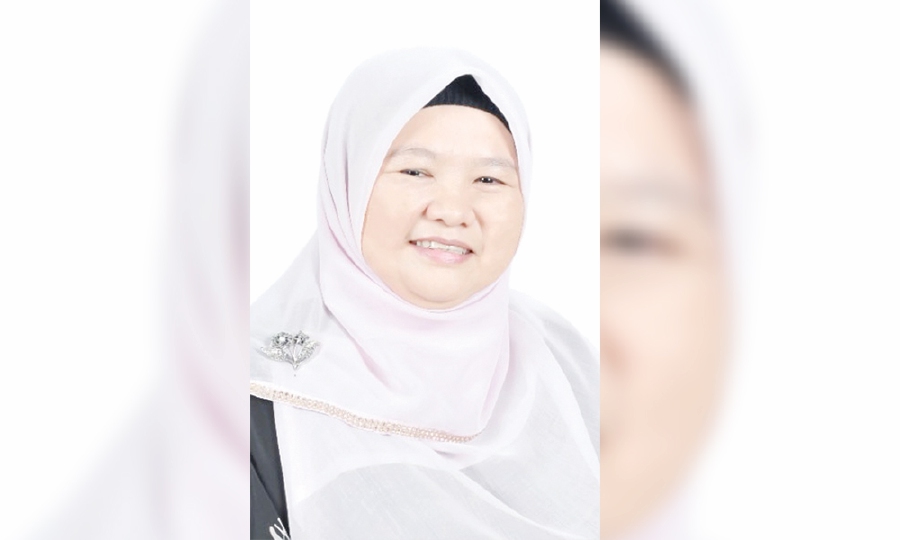
Professor Dr Nor Aziah Alias.
While a simple “copy and paste” may save students a lot of time, not many are informed of the stern penalties having involved in committing the academic misconduct.
Nor Aziah added: “In our university, plagiarism is totally unacceptable. A student who plagiarises, once proven, may be given a fail grade for the assignment or the course, barred from continuing in the semester, or be dismissed from the university. In worse circumstances, diplomas and degrees may be retracted.
“We had a PhD thesis reek with paragraphs taken from other sources. In the case, the student did not receive his doctorate.”
She added that plagiarising does not only occur among students. In academic settings, it is an act that anyone could potentially commit, including lecturers.
“In some cases, there is a tendency for a lecturer to present his previously published work as new. This is known as self-plagiarism.
“The need to churn out publications may result in reproducing data or findings. Some academicians don’t find using their own published work wrong as it is theirs. We had lecturers who were admonished for unintentionally doing this.”
UiTM second year Faculty of Law student Nurul Fatiha Norsip said she has to do a lot of research as the course demands that she be precise when stating something, by referring to the authorities.
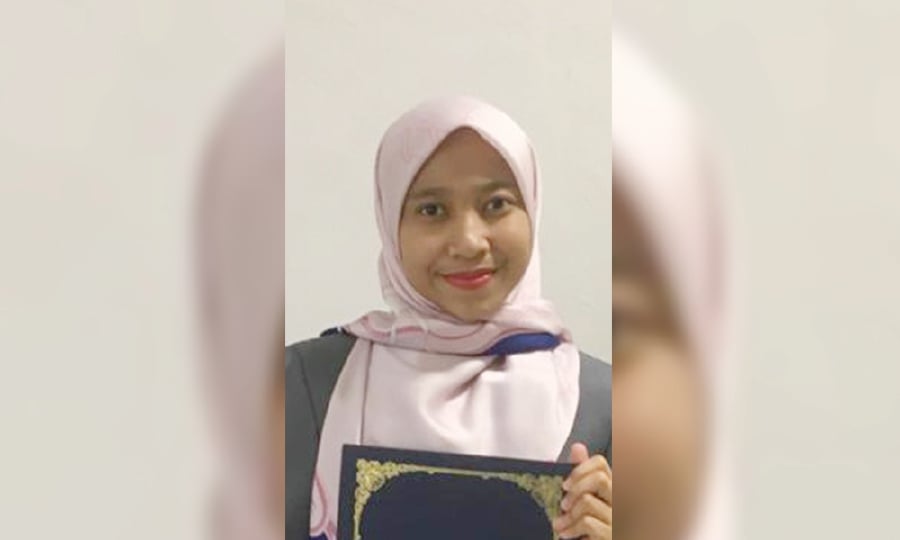
Nurul Fatiha Norsip.
“Therefore, it is crucial for me to be familiar with the style of paraphrasing and quoting the content that I mention to avoid plagiarism. However, I have a friend who was caught plagiarising his assignment. He was warned and needed to repeat that particular subject,” she said.
REASONS
Students may plagiarise for a number of reasons, ranging from laziness to ignorance.
Zaidatun pointed out that often the problem is committed unknowingly due to underdeveloped academic skills.
“Plagiarism is the product of lack of critical thinking, creativity and self-confidence towards one’s own work. Other than that, students can be tempted to plagiarise written works when they are under pressure. They could be overwhelmed by too many assignments from different subjects which eventually lead to poor time management.
“As a result, they may be doing last minute work to catch up with the deadlines of submissions. They may take the easy way out and copy others’ works out of urgency hoping that no one will notice,” said Zaidatun.
Third year UiTM Human Resource and Management student Muhammad Aznur Syah Azman said that plagiarism is unfortunately becoming more common as the information age progresses.
“Due to the vast accessibility to materials and data on the Internet, it is easy for students to directly take content for their assignments without properly crediting the source,” said Muhammad Aznur, who is also UiTM Student Representative Council president.
“Copying the work of others is definitely easier than coming up with your own sentences. In addition, the articles found online sound more eloquent and error-free. These are some of the reasons why some students may cut corners with their written tasks.
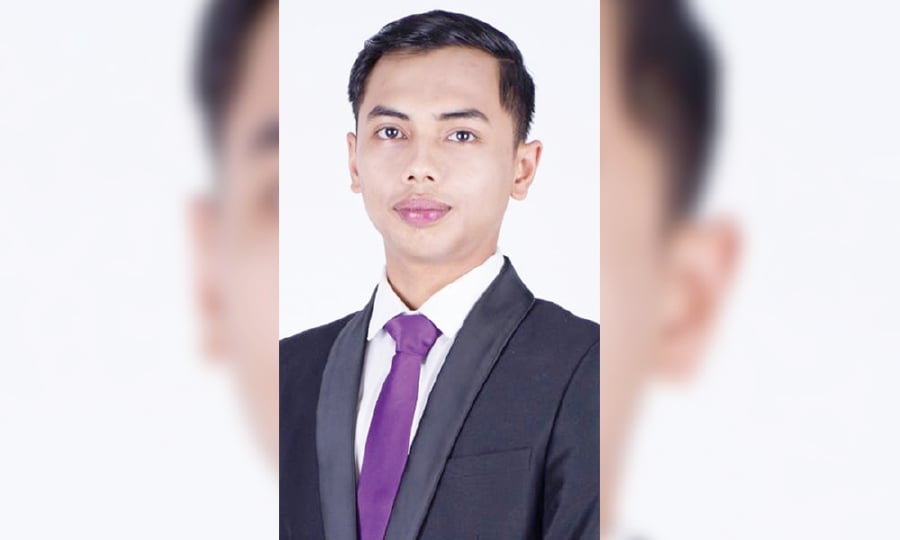
Muhammad Aznur Syah Azman.
“Students may commit the act on purpose or accidentally due to the lack of understanding of the consequences of plagiarism. During my diploma years, I had a subject on academic writing. During the class we were exposed to what is plagiarism and why it is wrong to do it.”
For Sumarni, the main factor in this issue is a poor command of the English language.
“It is especially a challenge for second language speakers. Academic writing needs good language skills to understand the works of others and to write your own.
“When you have a good understanding of a subject, you will be less likely to ‘steal’ others’ ideas and claim them as your own. Before writing the academic paper, it is important for students to dive deeper into the subject and read extensively from other sources. To do so, they need a strong command of the language.
Students with limited vocabulary and poor grammar may use the readily available sentences or ideas from other researchers.

A simple “copy and paste” leading to committing academic misconduct.
She continued: “Another reason why I believe plagiarism is prevalent among postgraduate students is due to the pressure of fulfilling the key performance index laid out by the institution or postgraduate supervisors.
“Owing to the pervasive culture of publish or perish, students become highly competitive in producing plenty of academic papers, with quantity emphasised over quality.”
STRONG VALUES
Academic integrity is key, stressed Nor Aziah. She said that education is not just about getting the scroll; it is a platform to holistically educate individuals on high integrity, soft skills, values and social competency.
“Earning a diploma or a degree through crafty ways such as cheating or plagiarising not only undermines the certification but also produces graduates who may later cut corners to achieve what they want. A thriving society is built upon strong values and trustworthiness.
“In lectures of any subject, the attainment of learning outcomes is of utmost important. As lecturers, we are very cautious in designing the syllabus or modules which include content delivery and assessments that are aligned to the stipulated outcomes.
“Originality in both formative and summative assessments is vital to indicate that the actual attainment happens for each student.

Plagiarising is a serious academic offence, which many may not be aware of.
“By plagiarising, a number of parties have been wronged — the person from whom the work has been plagiarised, the lecturer who may assess and provide marks that do not illustrate the actual capability of the student, the academic administrator and management who use the achievement data to make further academic and institutional decisions, and the student whose credentials may not reflect his genuine achievements.”
If students don’t understand the rules of copyright, the idea of intellectual property will not be valued, added Sumarni.
“Students should be exposed to the issue of plagiarism earlier like during secondary school, and not only when they enter a higher learning institution.”
POLICIES
The key to avoiding plagiarism is to give credit where it is due, said Zaidatun.
“Students need to be exposed to the correct way of writing in-text citations. Therefore, organising talks or workshops on plagiarism is the first step to remind the students of the misconduct or behaviour.
“In lectures, sharing previous cases of plagiarism and their penalties can be another initiative to raise awareness among students.
“Other than that, carrying out a self-reflection assessment by asking students to reflect on how they produce their writings and assignments is another approach to avoid plagiarised work,” she said.
Zaidatun added that all written works from graded assignments to academic journals of students and academic staff must be checked through plagiarism detection software prior to submission, with the report verified by the top management of the faculty.
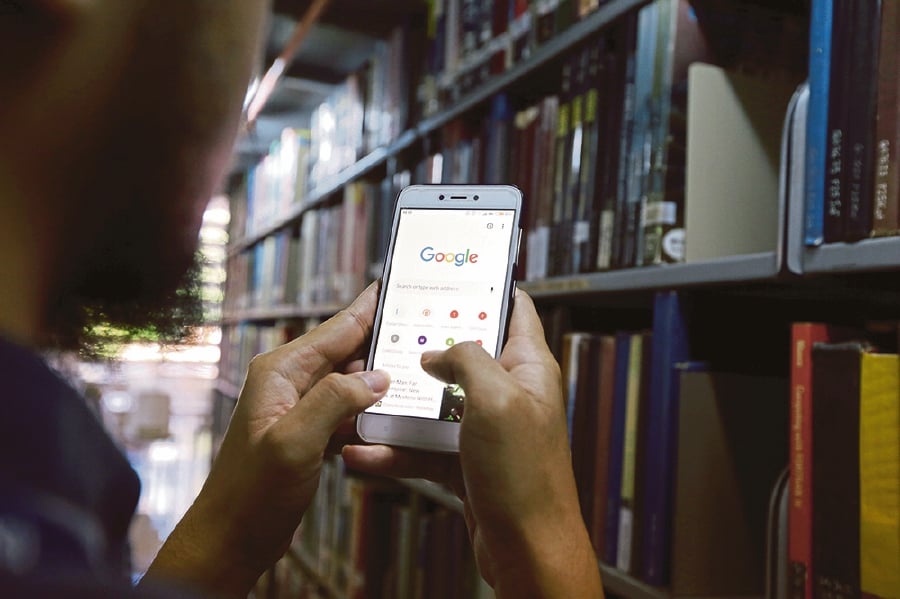
Students may be tempted to take the easy way out by copying content from online websites without proper referencing.
“We use plagiarism detection software such as Turnitin which is used by many students, lecturers and institutions as it is easy and highly accessible.
“In addition, we have in-house plagiarism software developed by UTM researchers where it can detect beyond copyright content — the flow of ideas, writing style, as well as data similarities across different languages including English, Malay, Persian and Arabic,” she said.
Nor Aziah said: “The university uses Turnitin or Grammarly for detecting plagiarism. However, we caution lecturers or examiners to scrutinise the similarity index before concluding that the work is plagiarised.
“Blatant use of technology may result in students being treated unfairly.
“UiTM has its own policy on plagiarism — it is reviewed periodically to ensure relevance in the era of technology to provide rich learning environment.”
Muhammad Aznur said that to minimise plagiarism, he seeks instructor’s guidance from time to time.
“Speaking to my lecturers on the assignment content helps a lot especially when I have doubts in doing citations. “Good time management also ensures the work submitted is of good quality. It is better to start early on an assignment rather than push it to the last minute. Procrastination can put students in difficult situation where plagiarism is the only viable option to get things done.”
Nurul Fatiha is aware of the penalties of committing plagiarism.
“Realising that it is wrong to plagiarise, I am getting used to the practice of paraphrasing and citing someone’s work to respect the author’s ideas. It is also an ethical thing to do — to acknowledge the original writer,” she said.
NEW STRAITS TIMES ONLINE

No comments:
Post a Comment